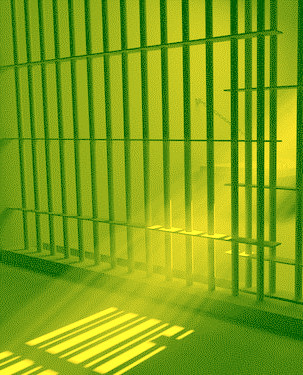Grim conditions in WA prison
 Broome Regional Prison's future is uncertain amidst serious safety concerns.
Broome Regional Prison's future is uncertain amidst serious safety concerns.
A report by Acting Inspector of Custodial Services, Natalie Gibson, has cast a shadow over the future of Broome Regional Prison, raising concerns about its limited progress and dated facilities.
The facility's journey towards revitalisation seems stalled, echoing persistent issues identified in a previous 2019 inspection.
Initially, the prospect of a new Broome Prison held promise. However, Natalie Gibson's current report paints a disappointing picture.
Little headway has been made, and the existing facility remains plagued by problems, failing to provide essential rehabilitation, employment opportunities, education, and structured recreation for its inmates.
The report found the prison has evolved into a dormant space, lacking any meaningful engagement for the people confined within their cells.
Compounding the issue is the prison's deteriorating infrastructure, which the report brands as “dilapidated, poorly maintained”, and posing “significant risks to the health and safety of the prison”.
Despite the Department of Justice's commitment to operate the current facility until a new one is established, the fate of the future Broome Prison remains uncertain due to the necessary zoning and approvals still pending.
Cultural considerations also underscore the report's findings, with the prison's environment being deemed culturally inappropriate for its majority Aboriginal inmate population.
As Western Australia's oldest functioning prison, it lacks design elements that embrace cultural diversity and traditional interaction rules.
Hopes are set on the new prison, anticipated to incorporate architectural features from the West Kimberley Regional Prison, aligning with cultural sensitivity and purposeful activity.
The WA Prison Officers Union has voiced its dismay, highlighting the government's failure to support staff adequately and address dire conditions at Broome Regional Prison.
The Custodial Services report corroborates this, saying staff shortages have led to compromised security, lack of activities, and an inability to facilitate effective rehabilitation.
WA Prison Officers Union Secretary Andy Smith has expressed concerns about the deteriorating physical conditions, citing leaking roofs and unsuitable work environments that would not be tolerated in other settings.
“The roofs are leaking and water leaks onto your desk,” Mr Smith told reporters.
The union wants the government to rectify these conditions in the existing prison while expediting the construction of the new facility, which is expected to take several more years.
The ongoing challenges have led to a concerning trend of staff departures, with the industry reportedly witnessing the loss of 20 officers per month.
This has prompted calls for improved working conditions and better incentives to attract and retain skilled prison staff.
Australian Human Rights Watch Director Daniela Gavshon has also noted the dire state of the system, with little progress evident since the government's promise to enhance conditions after a prisoner's death in 2015.
In response, WA Correctional Services Minister Paul Papalia revealed plans to invest $2.4 million to restore parts of the prison and attract service providers.
While Papalia commended the dedication of the prison staff, the WA Prison Officers Union underlines the necessity of tangible action and investment to address the urgent issues at hand.







 Print
Print